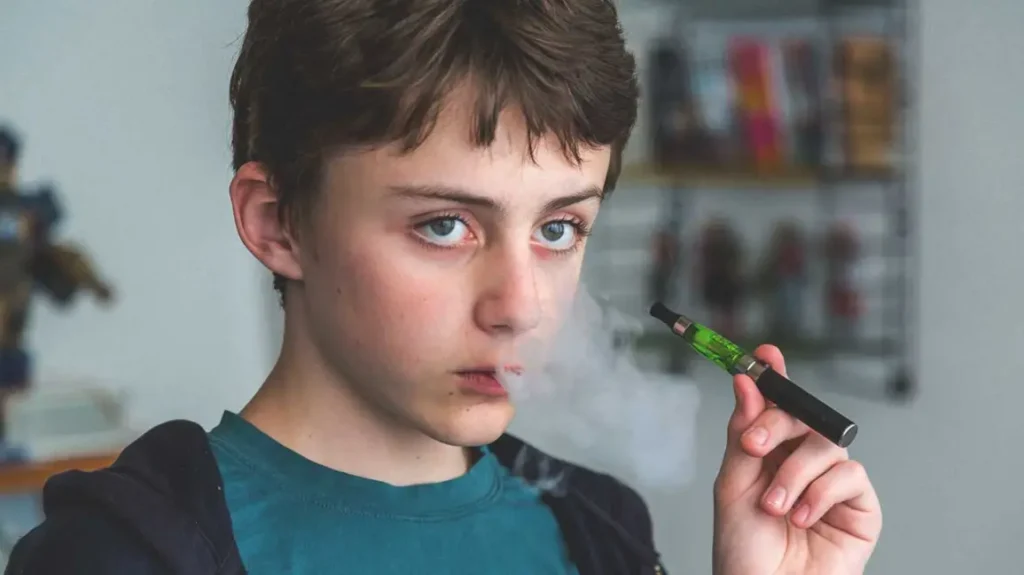Real-Life Case: Teen Diagnosed with Popcorn Lung After Vaping

In one of the most publicized cases of vaping-induced popcorn lung, a 17-year-old male was diagnosed with bronchiolitis obliterans after three years of regular e-cigarette use. Doctors reported that his lungs had suffered irreparable scarring, severely impacting his ability to breathe and exercise.
The teen now lives with a chronic condition that could worsen over time, and he may eventually require a lung transplant.
This real-world example highlights how quickly damage can occur, especially when vaping becomes a daily habit among younger individuals.
Vaping Trends Among Teens and Young Adults

Teen vaping has reached epidemic levels in many countries. In the United States, the CDC reported that over 2.5 million middle and high school students were current e-cigarette users in 2023. Similar patterns are observed in the UK, Australia, and other parts of the world.
Why Are Teens Drawn to Vaping?
- Flavored Products – With appealing names like “Bubblegum Bliss” or “Strawberry Ice.”
- Social Media Trends – Vaping challenges and cloud tricks glamorize the habit.
- Peer Pressure – Especially prevalent in school environments.
- Misconception of Safety – Belief that vapes are safer than traditional cigarettes.
But the reality is that these flavored vapes are often the most chemically complex and dangerous, precisely because of the flavoring agents they use.
The Legal Landscape: Is Diacetyl Banned Everywhere?
While the EU and UK have banned diacetyl in vape products, enforcement is far from foolproof. Unregulated and illegal products still flood the market, often through online sales or shady retailers.
In contrast, many U.S. states still allow diacetyl-containing vape liquids, and the U.S. FDA has been criticized for its slow response in regulating e-cigarettes.
Black Market and Imported Vapes Pose a Serious Risk
Many vape products sold under the table or imported from countries with lax safety standards still contain diacetyl and a host of other untested substances. Without regulation, users are essentially acting as test subjects in a long-term chemical experiment.






